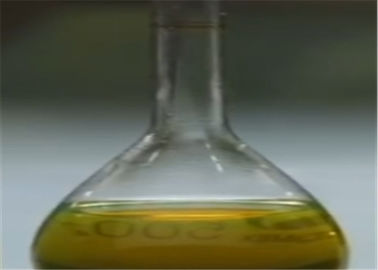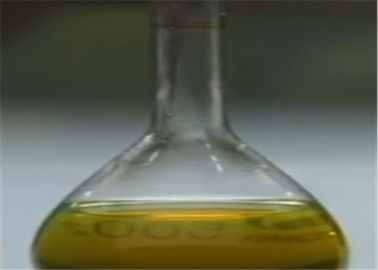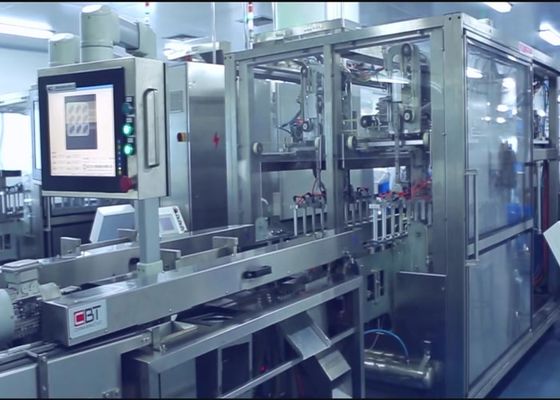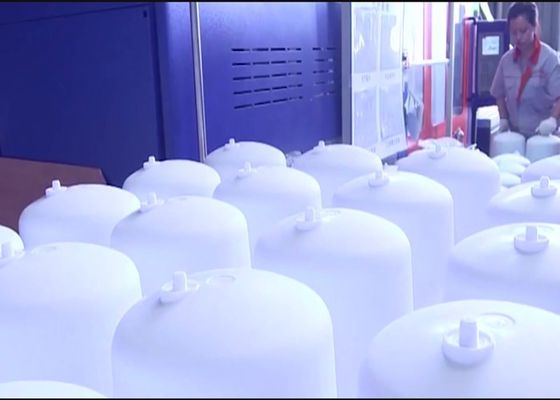CAS 59572 10 0 Liguid IBC Package HIgh Fluorescence as Water Treatment Chemicals
1. Description:
This product is a kind of fluorescent probe angent. It fluoresces blue in acidic solutions and in acidic organelles but fluoresces green in more basic organelles. This compound is potentially useful as a coloring agent, biological stain or optical detecting reagent. It is used in water-in-oil-in-water emulsions and as a substrate for lipase activity. Known as an inert fluorescent tracer, its fluorescence is strong. So 10PPB level of fluorescence signal can be detected by it, which helps to save water resources and manual processing cost. It is very popular especially in the North American market at present.
The traditional "adding chemicals一detection" method, the method of detecting drug concentration, obviously lags behind the current concentration in circulating water system. The new "detection一adding chemicals" method adopts real-time detection, and real-time PID operation is carried out between the reagent concentration of the current and the given one (P in PID regulator is a proportional procedure, magnifying function, I is an integral procedure, eliminating steady-state errors, D is a differential procedure, accelerating the reaction of system ), the result of operation can be output to control system in real time, and according to the result of PID operation, the control system can make flow control or state control of the dosing pump.
That is to say, in this way, we can first know whether there is a deviation between the composition of the medicine and the given value in the water, and then the system automatically adjusts. However, the instrument can not detect the composition of the reagent, it must rely on the fluorescence signal in the reagent (the instrument can only detect the fluorescence signal, and the intensity of the fluorescence signal is proportional to the dose of the chemicals), and it is the fluorescent tracer we produce that provides the fluorescence signal.
- Which advantages does it possess?
a. Phosphorus-free water treatment chemicals must be used with fluorescent tracer: As the non-phosphorus water treatment chemicals can not be detected the concentration of phosphorus content. But with the help of signal from fluorescent tracer, the detection can be implemented successfully;
b. Saving processing costs: automatic online monitoring makes the water treatment chemicals achieve the most economic value, and also save a lot of manual testing costs;
c. Saving water resources: the use of fluorescent tracer with real-time PID operation, thus the water quality tend to achieve the best results, greatly reducing the amount of emissions, also decreasing the amount of fresh water, to achieve the purpose of saving water resources.
2. Specification:
| No. |
Test Items |
Quality Index |
| 1 |
CAS No
|
59572-10-0
|
| 2 |
Molecular Weight |
610.43 |
| 3 |
Content |
9.50-10.50% |
| 4 |
Insolubles |
≤0.05% |
| 5 |
Preservation |
Store at room temperature |
| 6 |
UV Absorance |
0.75-0.85 au |
| 7 |
Fluorescence
|
λex 454 nm, λem 511 nm in water
|
| 8 |
Heterophic bacteria
|
None
|

3. Structural Formula:

Standard:
A. Powder Form : content 98%
B. Liquid Form : content 10%
5. Test Equipment:


 Your message must be between 20-3,000 characters!
Your message must be between 20-3,000 characters! Please check your E-mail!
Please check your E-mail!  Your message must be between 20-3,000 characters!
Your message must be between 20-3,000 characters! Please check your E-mail!
Please check your E-mail! 






